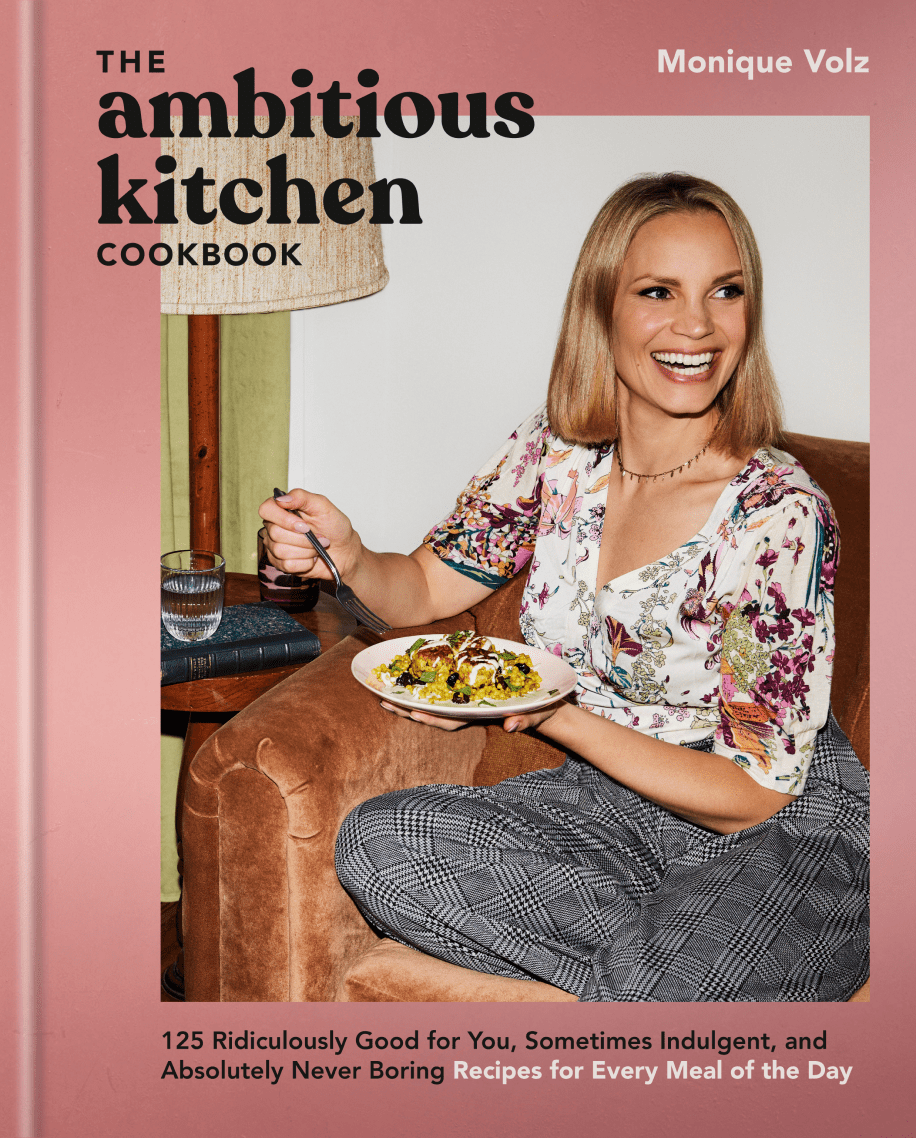
Introducing
The Ambitious Kitchen Cookbook

Healthy & easy slow cooker dinner recipes that are perfect for meal prep or feeding a family. You’ll find veggie-packed slow cooker recipes using chicken, turkey, and plenty of plant-based proteins for delicious, satisfying meals that require minimal cooking!
Hearty and delicious slow cooker white wine chicken stew filled with fresh herbs, veggies and plenty of protein. This creamy white wine chicken stew is easily gluten free and dairy free, and is truly a hug-in-a-bowl that’s perfect for colder months! Serve with crackers, cornbread or homemade biscuits for the coziest dinner.

Get your copy today and start cooking flavorful, nourishing recipes for every meal of the day!